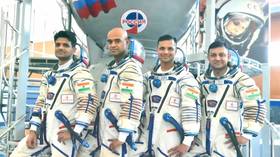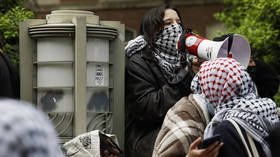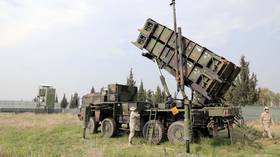High and dry: Why India’s Silicon Valley is running out of water
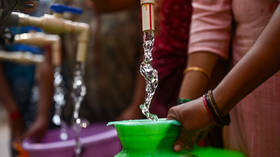
Known as India’s Silicon Valley, with 67,000 registered information technology (IT) companies and counting, Bengaluru, once called “the air-conditioned city” for its salubrious climate and widespread gardens, is facing an unprecedented water crisis, forcing over five million IT workers to either work from home or leave the city altogether.
Still called Bangalore, too, the city is home to multinational companies such as Capgemini, WalMart, IBM, Deloitte, Accenture, Goldman Sachs, SAP and HewlettPackard, in addition to global Indian companies like Infosys and TCS. It is also India’s start-up capital and its healthcare capital, with a multitude of state-of-the-art medical facilities.
With a total population of close to 13 million, Bengaluru typically requires around 2,500-2,600 million liters of water per day (MLD). Of this, close to 50% comes from the Cauvery river that originates in the hilly district of Coorg, about 250 kilometers away. The other half comes from borewells (in which a narrow hole is driven down around 300 meters and a pipe used to extract ground water).
Though there were incidents of water scarcity during some summers it was manageable in the past. This time, a lack of rains and the fast depleting groundwater table has only intensified the crisis.
People standing in lines with empty cans for hours, often missing office meetings just to fill water is a common sight in many areas in the city. The administration has been supplying water in tankers to many districts on the outskirts. In low-income areas, the reverse osmosis (RO) plants set up by the government have gone dry.
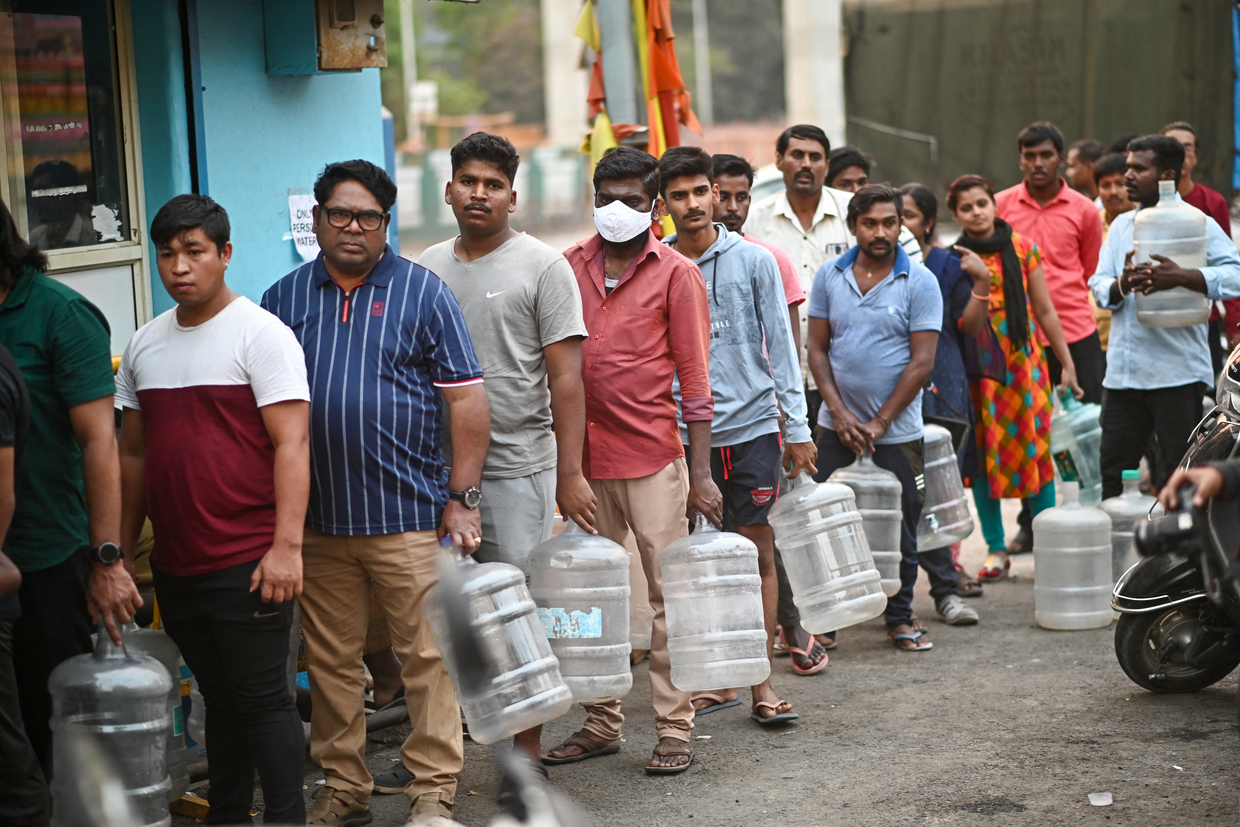
Office dry, so Work From Home
As the water crisis escalates, software professionals have increasingly sought to work from home (WFH). There is a concentration of IT offices in the locality of Whitefield in the east, and Rajesh Mallya, who heads the Whitefield Area Commerce and Industries Association, says that for 5,000 people working in any technology park at least 100,000 liters of water per day is required. It means 20 liters per person.
Hariprasad, a software professional in a multinational company, moved back to his native Mysore due to the prevailing water crisis. “A lot of my friends have moved out of the city,” he told RT.
Though it is easy for IT companies to allow WFH, for small and medium enterprises in the manufacturing sector it is a challenge, as they need water both for human consumption as well as for production.
“We have been depending on Cauvery river water as well as borewell water. But of late, the police are diverting water tankers to provide drinking water for nearby residents,’‘ said Peenya Industrial Association member Karthik Shah.
Bengaluru’s Outer Ring Road Companies Association says it has put in place measures for the economical use of water and urged all relevant authorities to take the right measures to bridge the gap between demand and supply for both corporations and residences. “It is concerning to note the shortage of water supply overall. This will affect households as well as office complexes and campuses. As responsible citizens, all companies and tech parks should put in [place] measures to save water as much as possible in addition to all that they are already doing in this regard,” the statement noted.
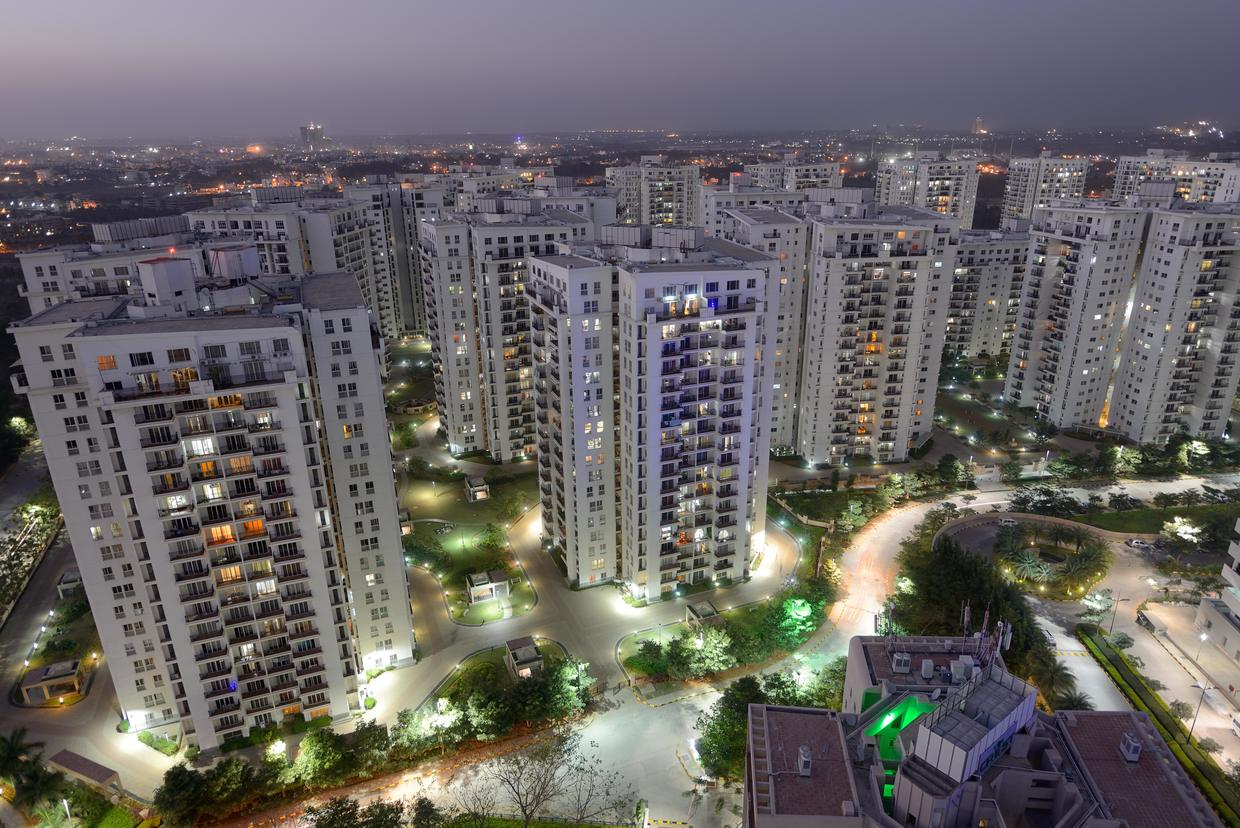
Groundwater Going, Going, Gone
The problem began with the borewells running out of water. According to Karnataka deputy chief minister and Bengaluru development minister DK Shivakumar, there are roughly 14,000 borewells within the Bangalore City Corporation (BBMP) limits. Of these, 7,000 have gone dry.
Bangalore Water Supply and Sewerage Board (BWSSB) chairman Dr Ram Prasath Manohar told RT that there is a drought-like situation in the city. “We have no shortage in core areas where the Cauvery’s water is supplied,” he said. “The problem is mainly on the city outskirts where borewells are the primary source of water.”
Being the third most populated city in India, Bengaluru’s infrastructure hasn’t matched the speed of the city’s growth in the last three decades, experts note.
“There is a complete mismatch between the rate at which the city has grown and the government’s commitment to build infrastructure,” says former Information Technology Minister Dr CN Ashwath Narayan, who was part of the Bharatiya Janata Party (BJP) state government (2018-2023).
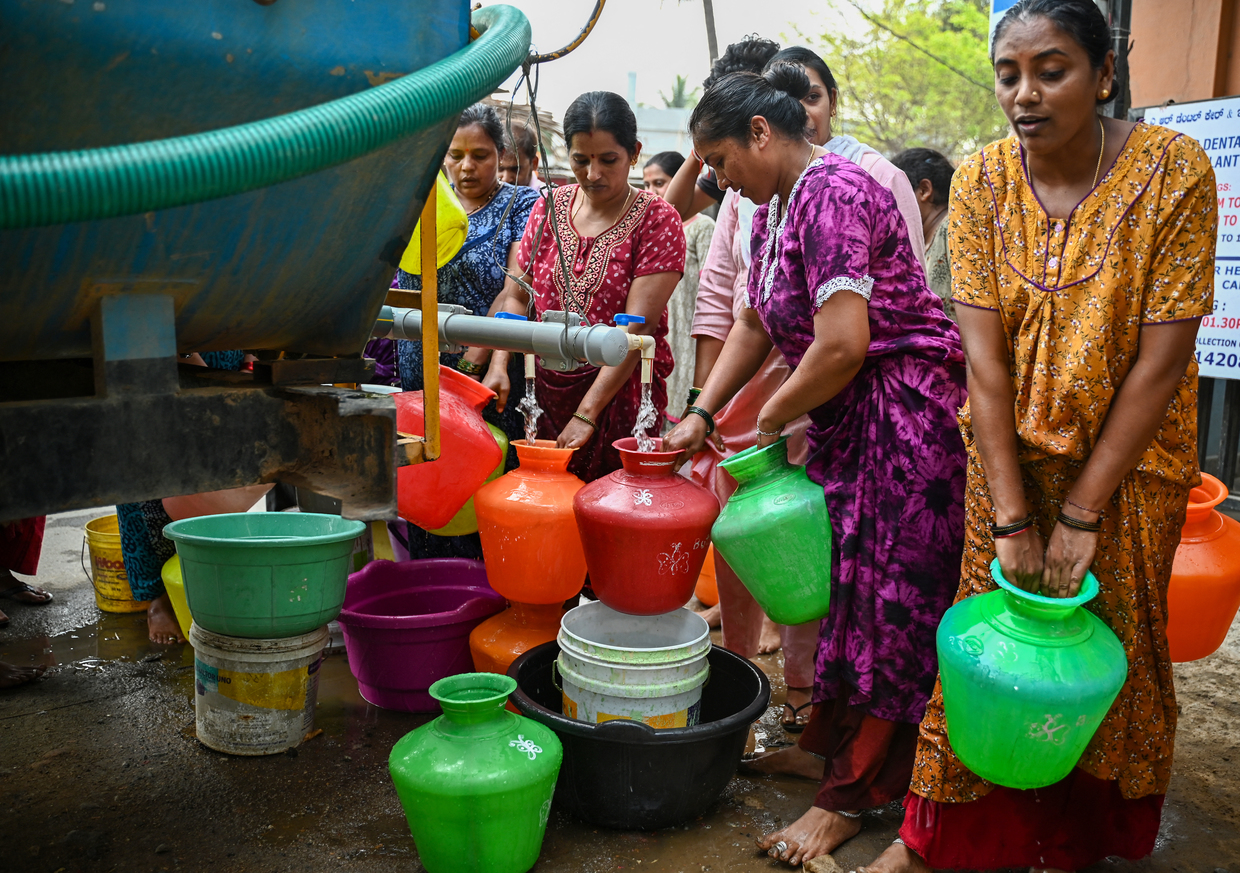
Manohar, an Indian Administrative Service (IAS) officer managing the water crisis, suggests, however, that the city has adequate water and there is no need to panic. “It is a natural calamity, not mismanagement,” he told RT. “The shortage was just 200 MLD as thousands of borewells went dry. We are supplying water through tankers.”
An increase in the Cauvery river water supply is planned, and a fifth stage of this plan is expected to be commissioned in May. It will add another 750 MLD water, Manohar said, expressing confidence in meeting the growing demand.
The BWSSB decided, significantly, to reduce water supply by 20% to major consumers in Karnataka’s capital on March 12. These include companies, hospitals, railways and airports. Manohar, however, said that there is no cutback for hospitals.
The BWSSB has also launched several mobile apps – ‘Parisara Jalasnehi’, to monitor treated sewage (to streamline Sewage Treatment Plants); ‘Jala Samrakshak’ to penalize those who use drinking water for non-essential purposes; ‘Antharjala’ to seek permission to sink borewells; and ‘Jalamithra’ to monitor the leakage of water as well as drainage issues, etc.
Rain Dance and Malls’ Mens’
The administration banned the use of water for non-essential purposes like construction, washing vehicles and for entertainment purposes besides replenishing swimming pools, even as temperatures began soaring beyond 35 degree Celsius.
Despite the BWSSB penalty of 5,000 rupee for usage during a ban, several hotels in Bengaluru have offered rain dances from March 22, for Holi, India’s festival of colors on March 25. However, a public backlash caused some hotels to clarify that it wouldn’t be a rain dance but a dance by the pool. “We are using recycled water in our pool," said a representative of the Leroy Grand Hotel.
India is mad for cricket, so will the water crisis pose a problem in Bengaluru? The Karnataka Cricket Association has said that there is no immediate threat. “We require at least 10,000 to 12,000 liters of water per match,” Subendu Ghosh, the association’s CEO says. “We can generate this from our recycling plant and there is no need for groundwater. We will follow the state government guidelines and hold meetings with all stakeholders.”
There have been reports of young IT professionals, living as ‘paying guests’ or in small apartment complexes, frequenting large shopping malls to use the toilets due to a water shortage where they live. However, Prestige Falcon City, an upscale apartment next to Forum South Bangalore Mall, denied press reports of its residents hopping over to the mall to use its restrooms in the morning.
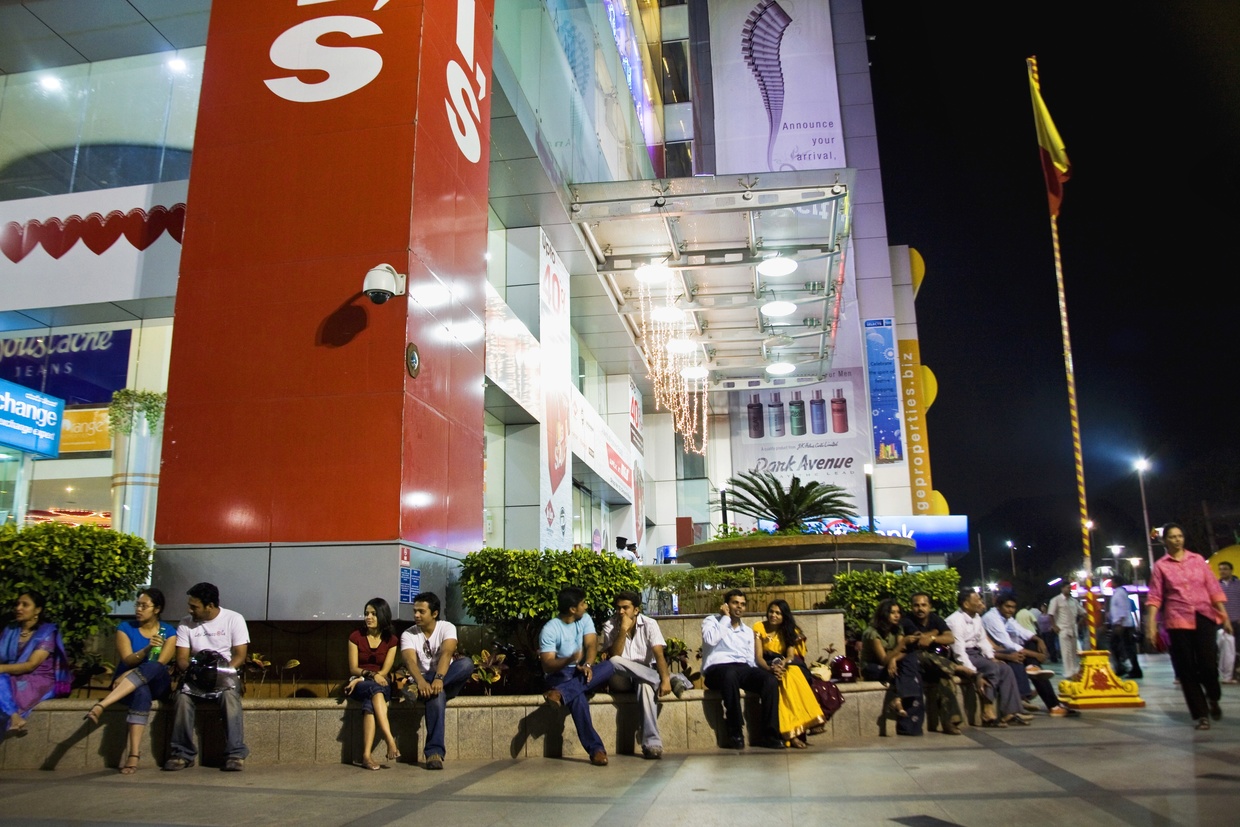
Apartment Complexes pass Higher Water Costs onto Residents
Almost all apartment complexes – and IT professionals usually live in such compounds – have revised their water bills after borewells on their premises went dry. Private water tankers have doubled rates from 800 rupees ($10) to 1,600 rupees ($20) for a 600-liter tanker. Though the government attempted to stabilize prices, it is a sellers’ market.
The management committee of Royal Enclave, an apartment complex near Bengaluru International Airport, has asked residents to pay an additional 500 rupees ($6) per person per month to meet water demand. (In India, individuals pay for civic amenities through their residential complexes in what the latter call ‘maintenance charges’.) There is an additional 200,000- to 300,000-rupee ($3,600) increase in its water bill as tankers increased their prices.
Yet, due to increasing demand, residential complexes can’t get the tankers in time. “This is the first time that we are paying water bills,” said Gayatri Subramanya, a resident for 14 years. “All these years, it was a part of the monthly maintenance.”
The story is the same everywhere.
”As of now, we have enough money with the management committee,” said Alok Arora, a resident in Purva Riviera in Marathahalli on the old Airport Road. “We haven’t paid so far. But if the situation continues, from next month we may have to.”
As with the Covid crisis, several hotels are serving food in disposable containers, says PC Rao, president of the Bangalore Hotels Association. The industry body has asked hotels to not pour water into glasses and provide these only when a customer asks. Hotels have also resorted to dry mopping besides recycling for toilets and gardens.
Residents have begun ordering delivery of meals, particularly those in small apartment complexes, as well as young people.
Dilip Singh, a software professional living next to Manyata Tech Park said that he stopped cooking as it was difficult to get adequate water. “For the past two weeks our landlord stopped all common washing machines in the apartment,” he says. “We are getting water in tankers every second day. Sometimes, the water is finished within hours. So we decided to skip cooking and order online.”
Urbanization Concretization
Rampant urbanization coupled with an increase in concrete structures in the last 50 years has impacted both the groundwater table and the rise in the city’s temperatures.
According to a study done by the Centre for Ecological Studies (CES) at the Indian Institute of Science (IISc) in Bengaluru, there is a sharp decline in the water bodies in the city in the last 50 years.
Prof TV Ramachandra, under whom the study was conducted, says that there was a sharp decline in the city’s water surface from 2,324 hectares in 1973 to 696 hectares in 2023, causing depletion of the groundwater table.
”The number of lakes in Bangalore reduced from nearly 285 (in the 1970s, when the spatial extent of Bangalore was 161 km sq) to 194 (2016, when it grew to 741 km sq). During the last four decades there has been a 79% reduction in water bodies," the study said.
Prof Ramachandra, who often speaks of the looming water crisis and of climate changes, has been warning local governments on the serious implications of the unplanned urbanization and loss of wetlands.
The problem began in 2005 when the Karnataka government added 110 underdeveloped villages to the city corporation limits. A majority of tech parks, and the IT corridors in Mahadevapura, Electronic City and Whitefield, are located in these villages.
Hundreds of bodies of water made way for giant concrete structures while many more were built on canals, cutting rainwater flow. This has led to flash floods during the rainy season and to water scarcity in summer.
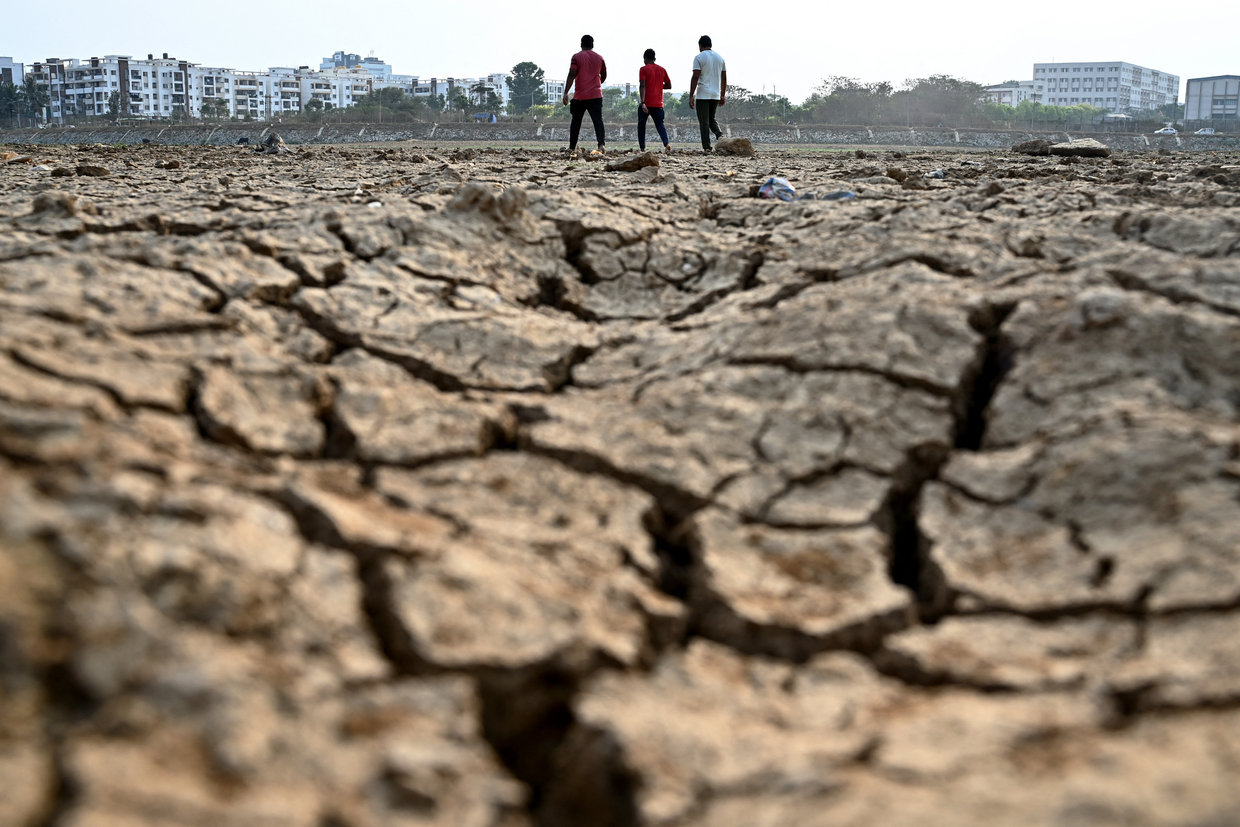
In the last 50 years, there has been an increase of 1055% in built up concrete structures and a 79% decline in the water table, and an 88% loss of vegetation impacting on sequestration respiratory carbon (the storage and removal of carbon dioxide), the study said.
Not just that, nearly 98% of lakes in the city have been encroached upon, while the government is pumping sewage or recycled water with industrial effluents into existing bodies of water, thus reducing the chances of recharging the groundwater table.
”In order to enhance water-retaining capability in the catchment, it is essential to rejuvenate lakes and undertake large scale watershed programmes (soil and water conservation),” the study said. “Lakes are the optimal means of rainwater harvesting at community level.”
Desilting of lakes, creation of wetlands with native vegetation, maintaining at least 33% green cover with native vegetation (grass, trees, shrubs) in the catchment and planting riparian vegetation in the buffer region (to help infiltration of water and retain this water) will help to rejuvenate the groundwater table, the study says.
A strict implementation of rainwater harvesting is another way of conserving water. Many big IT campuses like Infosys, Manyata Tech Park and the Bagamane Tech Parks have had little impact of the crisis due to their efficient rainwater harvesting.
The Karnataka state government has made rainwater harvesting a must for all buildings built on a 1,200-square-foot area. But only 25% of buildings have done this. “We will find and penalize those not implementing the rainwater harvest,” Minister DK Shivakumar told RT.

